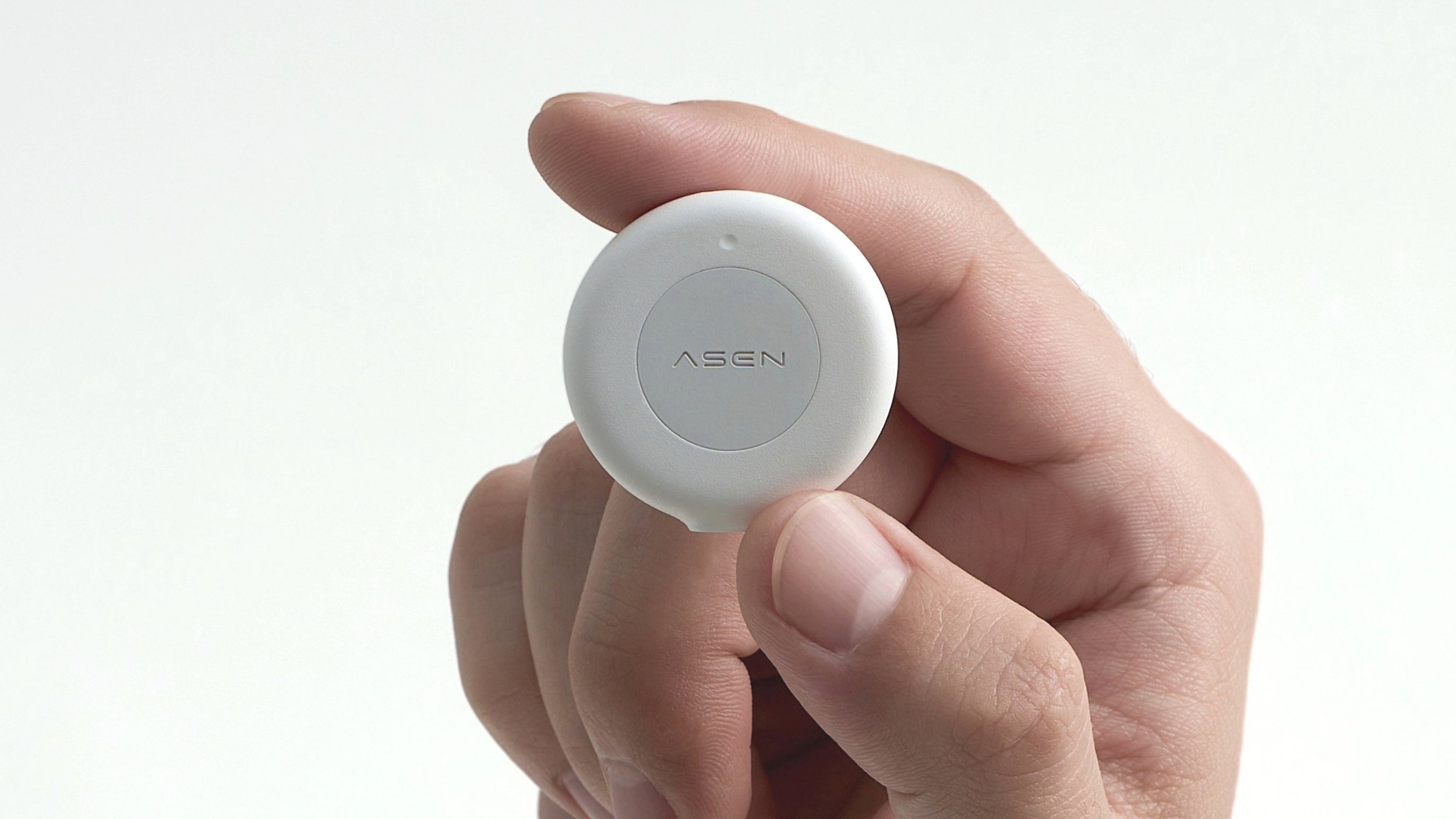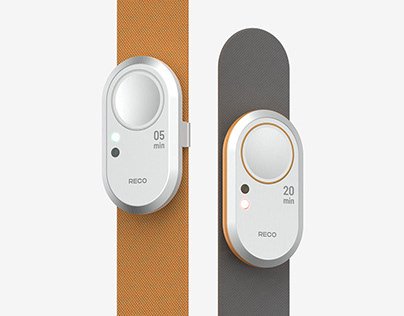Design Favorites - November 2023
Over the last month, we have been researching wearable device designs to see how our technology could potentially fit in to various products. One of our favorite sites to do this is Behance, and we found some great medical wearables that have triggered inspiration amongst the team!
LOXSA by ASEN
Image: ASEN
Developed by medical device company, ASEN, LOXSA (Luminescent Oxygen Sensor by ASEN) is a non-invasive wearable device that measures tissue oxygenation. The sensor can detect peripheral arterial disease and diabetic foot conditions early on so they can be treated accordingly. LOXSA is sleek and bendable, so it can be easily worn on the foot. ASEN’s goal with their revolutionary technology is to change how medical conditions are detected, monitored, and treated—improving health outcomes in patients and helping physicians make more informed decisions.
RECO Smart Tourniquet
Image: RECO
Tourniquets are a critical component in emergency care, and a lot can go wrong if a tourniquet is not applied or removed properly. What can result is injuries including limb paresthesia, severe swelling, and deep vein thrombosis. It is human error though most of the time and can happen easily. That is why designer Ryan Lin created a smart tourniquet for the National Cheng Kung University Hospital. The client needed a wearable device that was low cost, simple to operate, and could be easily sterilized. RECO sends warnings to medical staff when a patient’s tourniquet should be loosened or removed—with various settings depending on the treatment plan. This is a product that could drastically improve emergency care across the globe.
Exoskeleton
Image: Vidhi Siwal
Designed by Vidhi Siwal, the Exoskeleton aims to prevent back injuries during self-shifting—one of the more common causes of back injury. In a primary research phase, it was found that 83% of respondents have experienced self-shifting. Exoskeleton is a second skin that helps users lift objects for prolonged amounts of time and builds strength. The cool thing about this design is it is based off arthropods, who can lift objects up to 20% heavier than their body weight. And, this design incorporates a material called Chitin, which is the same material that makes up an arthropod’s exoskeleton. Chitin is also being used to make space habitats and tools.
Gleam
Image: Gleam
Gleam is a wearable device that aims to create more pleasant dreams. This wearable, which is worn on the head during sleep, uses brain interface technology to obtain user data on moods and thoughts—leading to a more positive dream experience. BCI (Brain-Computer Interface) technology enables users’ brainwaves to transfer directly to a computer platform. So, doctors and sleep specialists can diagnose and treat sleep disorders faster and more efficiently than ever before. We love this concept, but we also love the aesthetic of the wearable! A functional product that is also pretty is a delicate balance to strike, which is why this is such a standout product design.
Climati
Image: Climati
Climate change is among us, and it’s only a matter of time before our lifestyles go through a drastic change as a result. Some might say, they already are. There are many product concepts out there today that aim to help us better acclimate to climate change, and Climati is one of them. Climati is a wearable device that helps users adjust to rising temperatures. The device, which can be worn on the wrist or around the neck, uses cooling technology and augmented reality to track the environmental conditions and activate cooling instantly. On-the-go body temperature control is going to become a necessity for everyday use, and this product can offer that and more in a sleek and compact way.
Like this blog? Give these a read!
Design Favorites – September 2023





